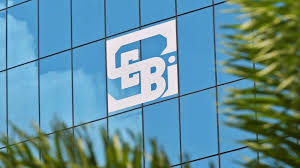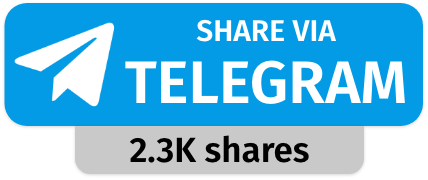Open Interest in the Stock Market:

SEBI recently announced a sweeping overhaul of its equity F&O framework, introducing a new Future Equivalent (FutEq) method to assess open interest more accurately.
- Open Interest is a term commonly used in Futures and Options (F&O) trading, where the number of open contracts changes on a daily basis.
- Every trade has two sides: a buyer and a seller. Whenever an F&O contract is traded, it is considered open until one of the parties closes their position through offsetting.
- Open Interest is the total number of active options and futures contracts that have not yet been settled against an asset at a given time in the trading arena.
- It is primarily used as an indicator to identify market positions of securities that have not yet been closed for an unknown reason.
- To summarise, it is referred to as a measure of liquidity in conjunction with market activity.
- Like any other security traded in the market, it is subject to market changes.
- When new contracts are created or opened, it rises. A rise in the number of them indicates that there are more buyers and sellers for a specific security.
- It decreases when positions in existing contracts are closed out by buyers (or holders) and sellers.
- Investors might make conclusions about the day’s market activity by monitoring changes in the open interest at the end of each trading day.




